Eli Lilly and Company
Supplier Financial Health Report
Overview
June 2024
USA
Incorporated Country
43,000
Number of Employees
B
Credit Rating
79
Count of Investments

Five-Year Financial Trend Analysis for Eli Lilly and Company
CONSTANT
Credit Trend
36.31%
Total Balance Sheet Growth Rate
57.68%
Total Debt Growth Rate
However, the company's cash position showed a concerning decrease, dropping from $3.87B in 2014 to $2.07B in 2022, a 46.61% change. This trend is not typical for a company of Eli Lilly's size and could be a potential red flag. The company's short-term investments, on the other hand, showed an increase, rising from $88.2M in 2018 to $144.8M in 2022, a 64.17% change.
Eli Lilly's total debt also increased from $10.3B in 2018 to $16.24B in 2022, a 57.68% change. This trend, combined with the decrease in cash, could indicate a potential financial risk. The company's liabilities also increased from $33B in 2018 to $38.71B in 2022, a 17.32% change.
Despite these concerns, Eli Lilly's net income and EBITDA showed significant increases, rising from $2.39B in 2014 to $6.24B in 2022, a 161.23% change for net income and from $5.53B in 2018 to $8.66B in 2022, a 56.56% change for EBITDA. The company's net operating cash flow also increased from $4.46B in 2014 to $7.08B in 2022, a 58.90% change.
Eli Lilly's credit rating is currently a B, which is considered below investment grade. The company's credit score is 98, which is excellent, but its credit trend is constant. The company has had 21 exits and 79 investments, indicating a more active approach to investments and exits.
In conclusion, Eli Lilly and Company's financial health shows a robust revenue and income growth, but concerning trends in cash position and debt levels. The company's credit rating is below investment grade, but its credit score is excellent. The company's active approach to investments and exits is a positive sign, but the financial risks associated with the decrease in cash and increase in debt should be closely monitored.
Financial Health Risk Assessment for Eli Lilly and Company
MEDIUM
Credit Risk
LOW
Bankruptcy Risk
MEDIUM
Financial Health Risk
Despite the decrease in cash, the company's net income and EBITDA showed significant increases, rising from $2.39B in 2014 to $6.24B in 2022, a 161.23% change for net income and from $5.53B in 2018 to $8.66B in 2022, a 56.56% change for EBITDA. The net operating cash flow also increased from $4.46B in 2014 to $7.08B in 2022, a 58.90% change. However, the company's total debt also increased from $10.3B in 2018 to $16.24B in 2022, a 57.68% change. This trend, combined with the decrease in cash, could indicate a potential financial risk.
The company's credit rating is currently a B, which is considered below investment grade. While the company's credit score is excellent, its credit trend is constant. The company has had 21 exits and 79 investments, indicating a more active approach to investments and exits.
According to the ratio analysis, Eli Lilly and Company's financial position is relatively strong. The current ratio of 1.05 indicates that the company has sufficient current assets to cover its short-term liabilities. However, the quick ratio of 0.63 is lower than the current ratio, which means that some current liabilities may not be covered by quick assets. The debt ratio of 0.33 suggests a moderate use of debt in the company's operations, but the debt-to-equity ratio of 3.59 indicates a higher reliance on debt financing compared to equity financing.
The gross profit margin of 0.77 and net profit margin of 0.22 indicate that the company is generating decent profitability from its operations, but the net profit margin is relatively low, suggesting that the company may need to improve its cost control or increase prices to boost profits. The return on assets (ROA) of 0.13 and return on equity (ROE) of 0.63 indicate that the company is generating modest returns on its assets and equity, respectively. These ratios suggest that the company could be more efficient in utilizing its assets and equity to generate higher returns.
The Altman Z-Score of 3.89 is well above the threshold of 1.8, indicating a low probability of bankruptcy within the next two years. This is a positive sign for the company's financial health and stability.
In conclusion, Eli Lilly and Company's financial health shows a robust revenue and income growth, but concerning trends in cash position and debt levels should be closely monitored. These issues, along with the company's below investment-grade credit rating, could indicate potential financial risks that require further investigation.
List of UEIs for Eli Lilly and Company
ABOUT SUPPLIER FINANCIAL HEALTH REPORTS
Ark provides definitive, consolidated analyses of every vendor, subcontractor, supplier, grant awardee, non-profit, and investment organization in the national security and defense sectors. Supplier financial health reports are AI-assisted analyses of the current health and stability of an organization, as well as the trends, trajectory, and risk indicators that partners and stakeholders need to know about.
Explore Additional Analyses
ABOUT ARK.AI
The Ark is the only software platform purpose-built for Defense Acquisition that leverages authoritative commercial data and AI-enabled Applications designed to solve Acquisition challenges. With the Ark, analysts and decision-makers gain the ability to manage Acquisition programs proactively, allowing them to unwind the legacy complexity and effectively field modern warfighting systems that compete with China.
The Leading Defense Acquisition Software.
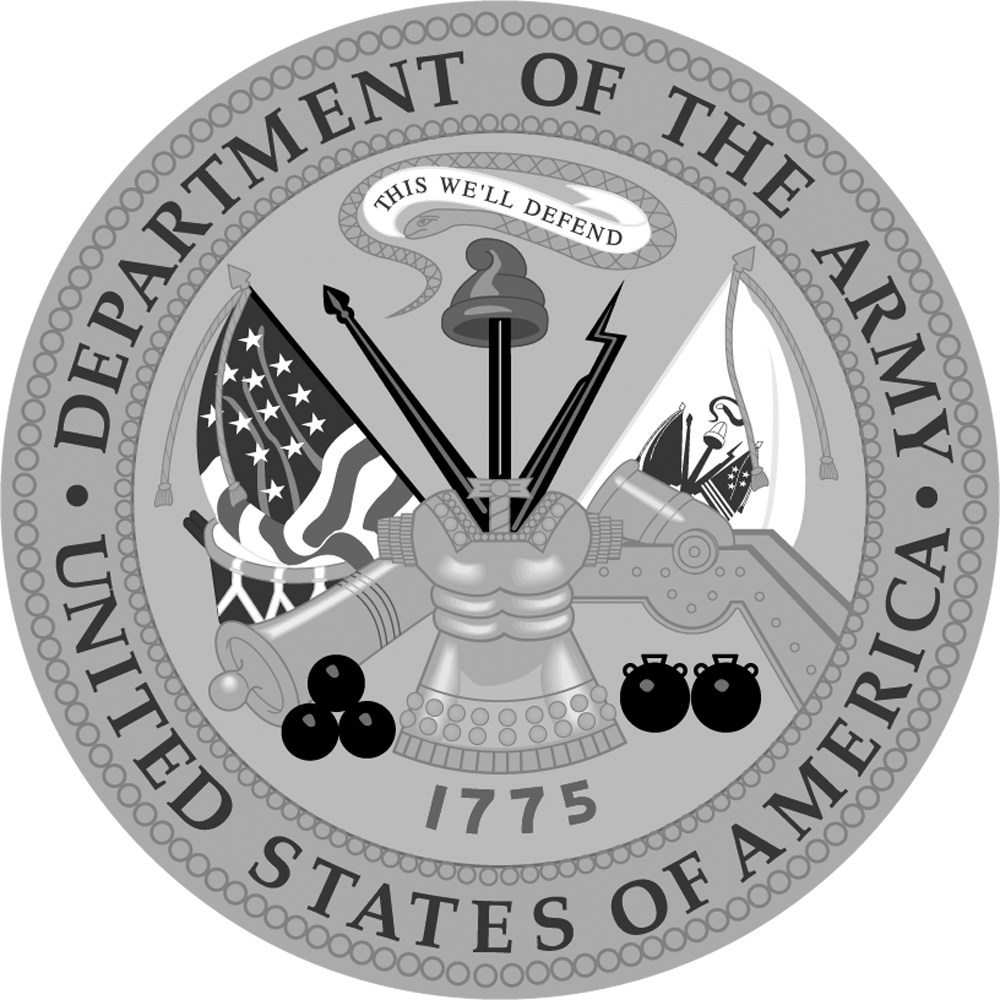


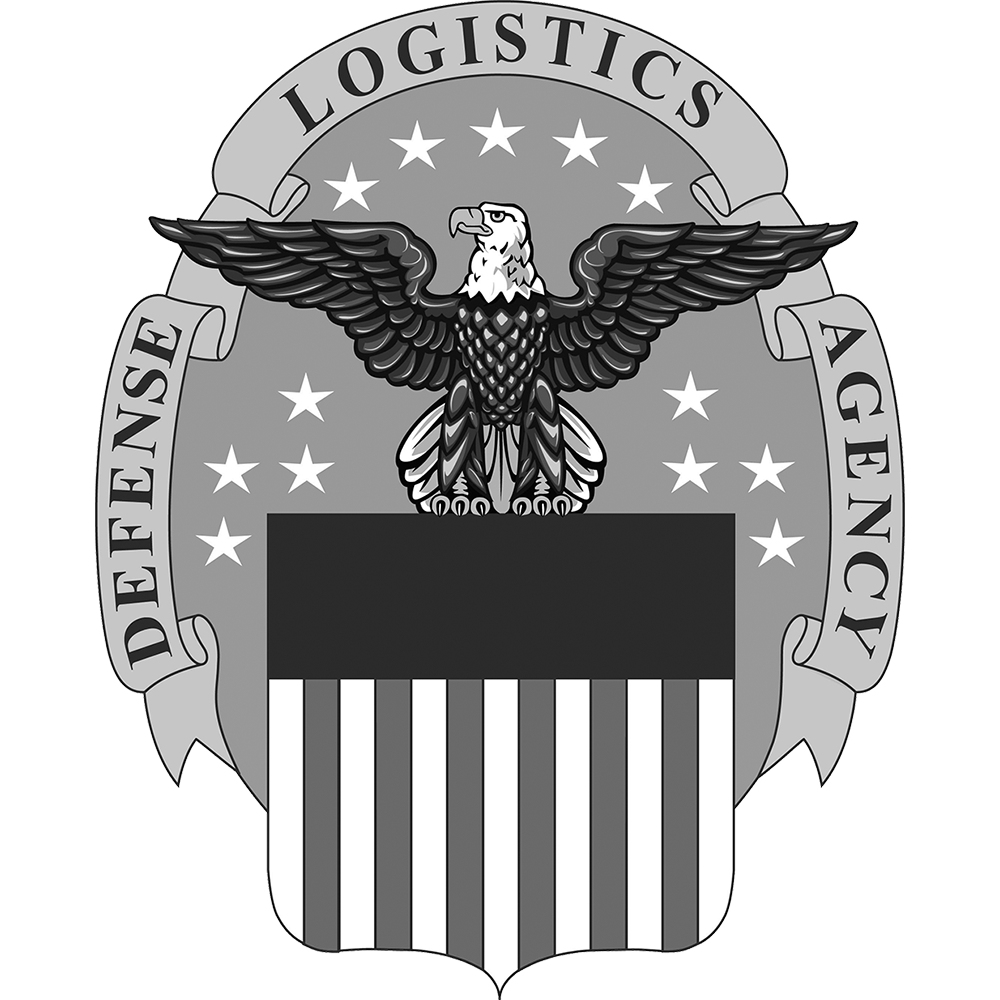
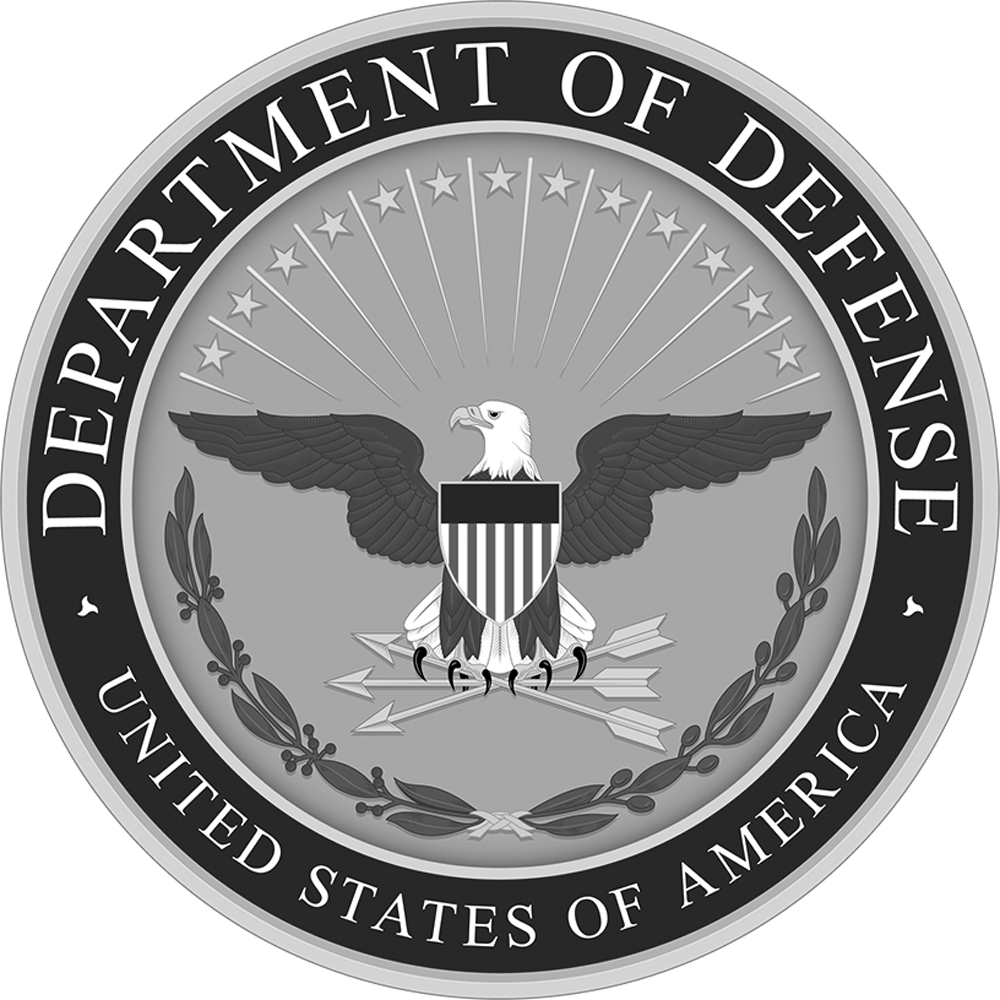
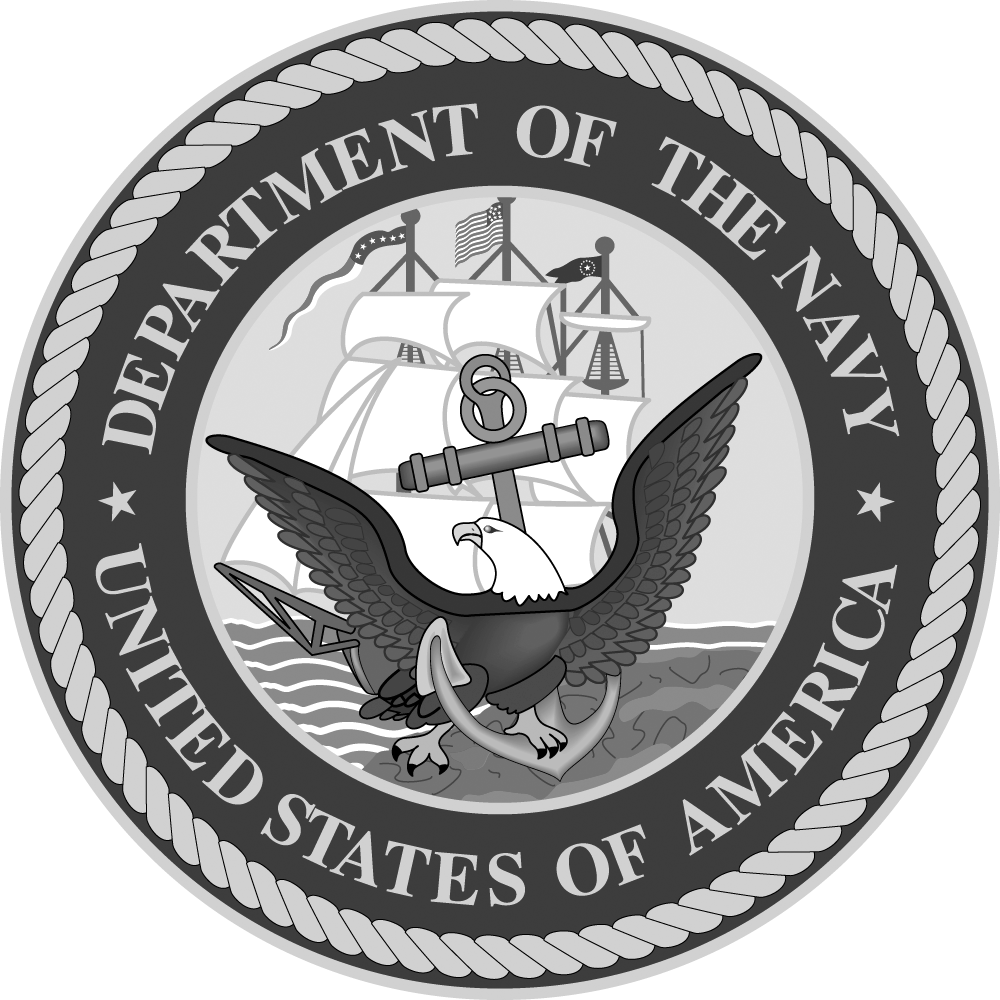
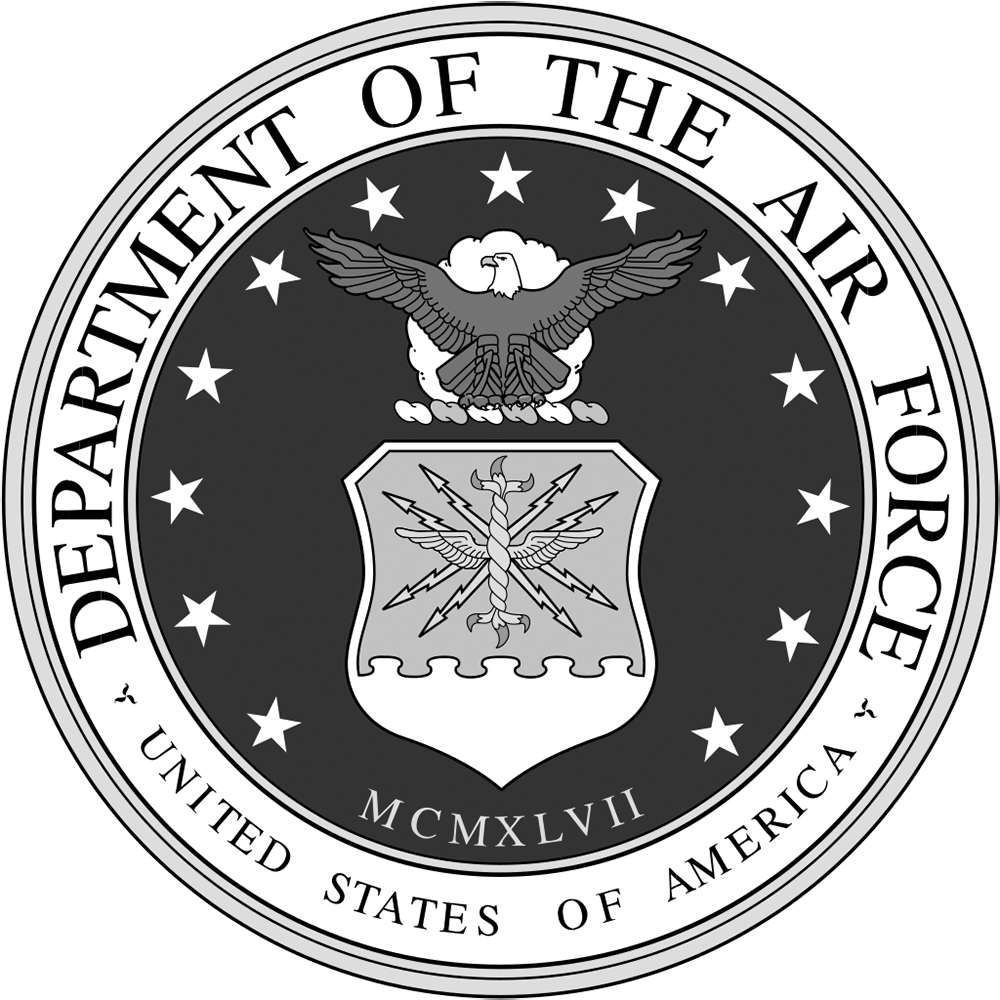
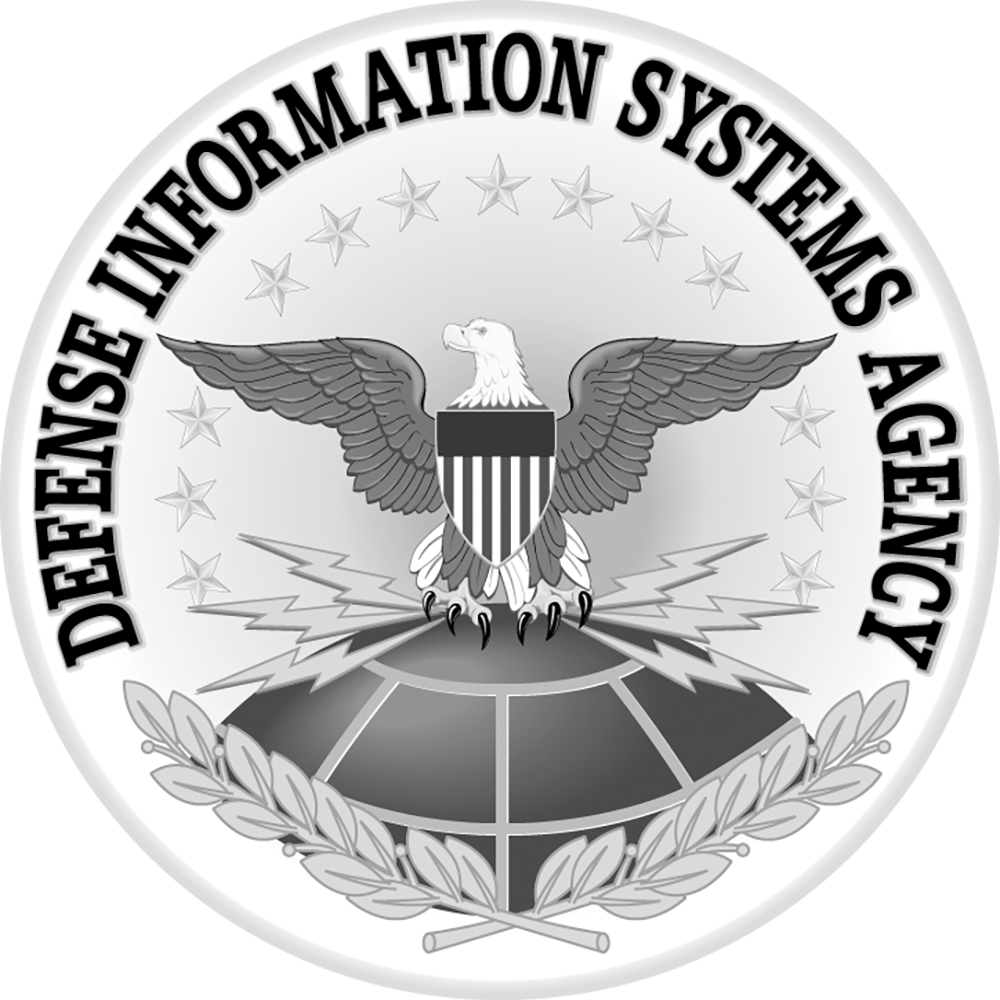
OUR APPLICATIONS
AI-enabled Applications within The Ark reflect standard workflows across the Defense Acquisition Process. From Science & Technology to Modernization, these Applications allow for the execution of rapid, efficient, data-informed decisions, standardized reporting, and efficient workflow management. The Ark enables your team to transform Defense Acquisition into a strategic advantage.